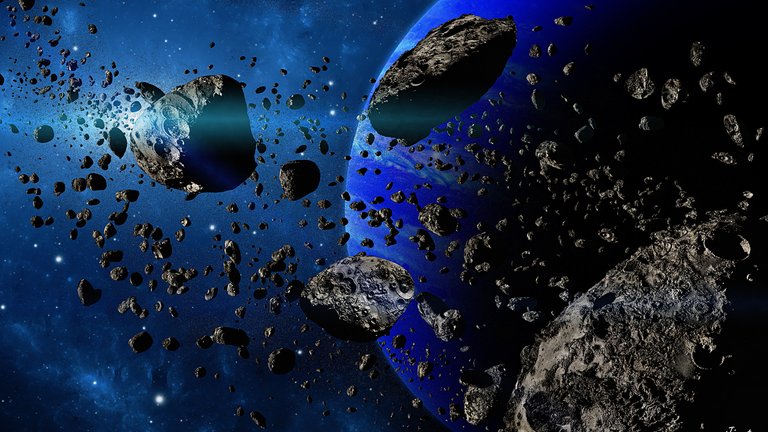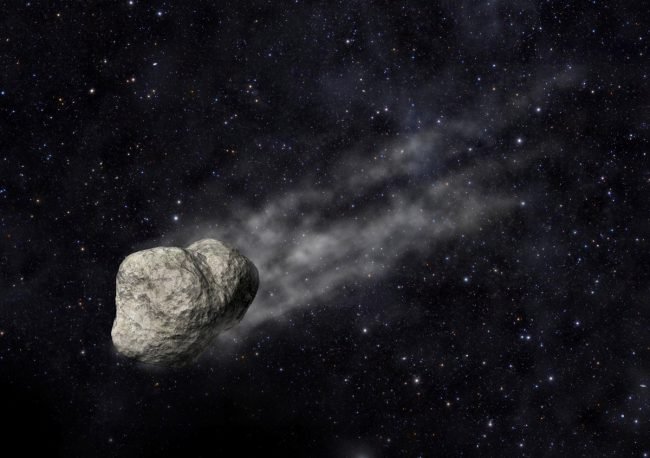Ceres is the largest known asteroids with a diameter of approximately 950 km. This asteroid is so large that it can be classified as a dwarf planet.
Asteroids are too small to have a spherical shape, which is formed by cosmic bodies under the influence of gravity. Therefore, asteroids, as a rule, are ellipsoids, dumbbells or even take a strange shape.

Asteroids rarely have a single structure. More often they are more like piles of rubble, held together by their common weight.
Most asteroids have either a rocky composition, or a metallic one. Metal asteroids are heavier and they have more chances to pass the Earth's atmosphere without any obstacles and land. Stony asteroids, as a rule, burn in the atmosphere or, if they are very large, explode closer to the surface.
The asteroid, which entered the atmosphere of the Earth, is called a meteor, which fell to the Earth - a meteorite.

If you combine all asteroids in the Asteroid Belt, they form a cosmic body less than 1500 km in diameter, which is less than half of the Moon.
The name of an asteroid can only be obtained after its orbit has been calculated more or less accurately. There are times when an asteroid gets a name only a few decades after its discovery.
Asteroids of more than 10 km across can represent a global hazard. All asteroids of this size are known to astronomers and are in orbits that can not lead to a collision with the Earth.
wow
We should all be grateful that these asteroids you mentioned at the very end cannot collide with the earth. Thank God for Jupiter!